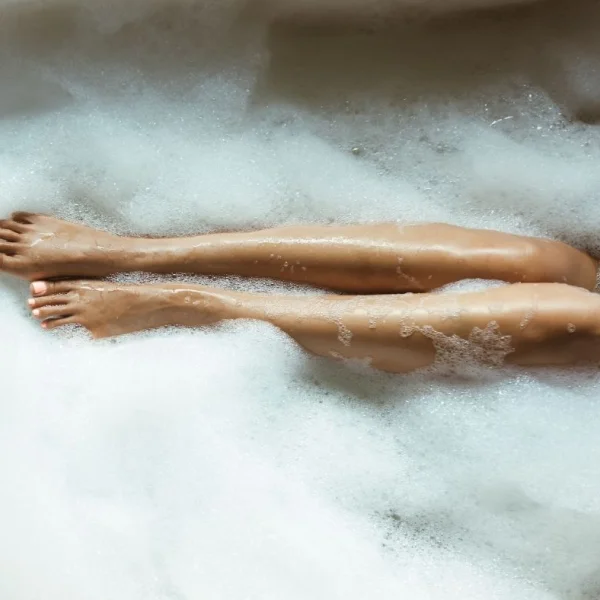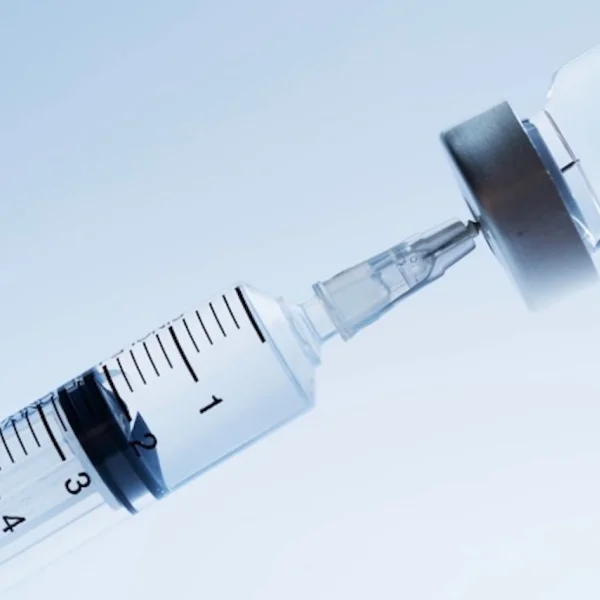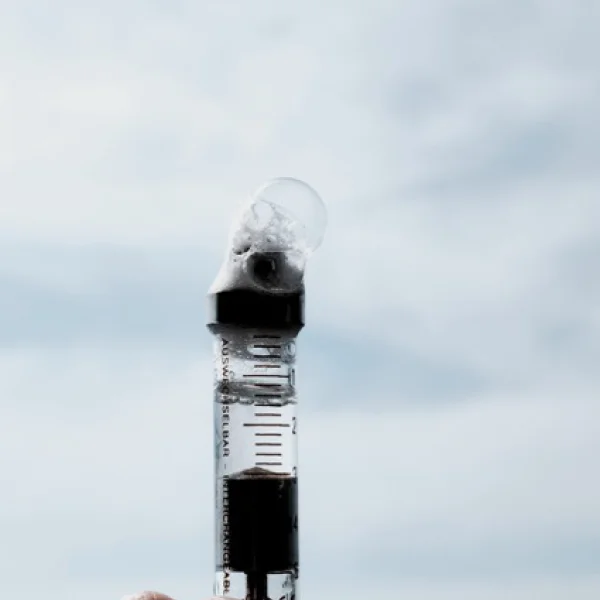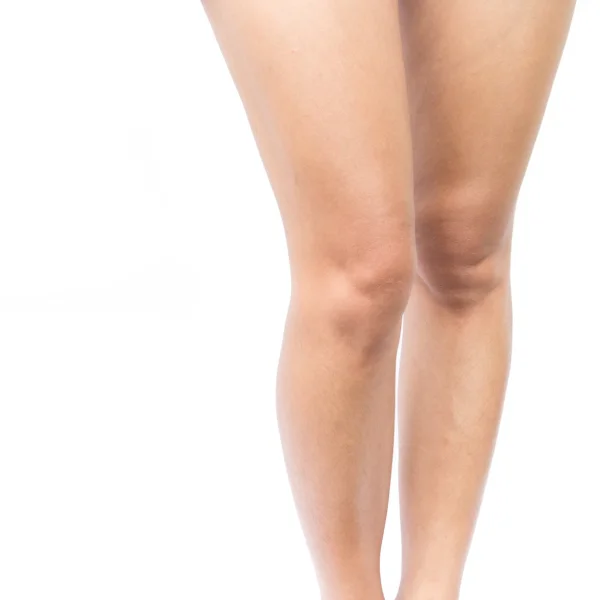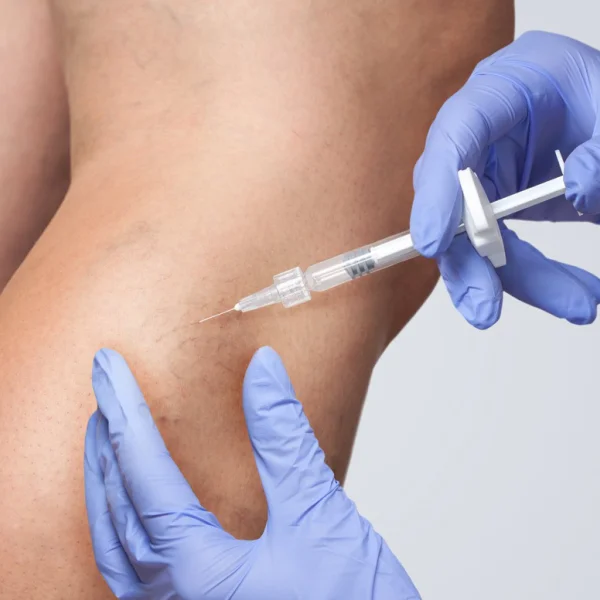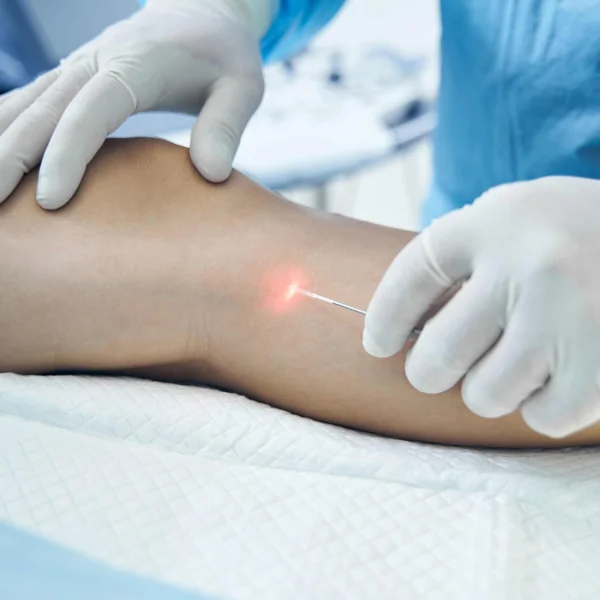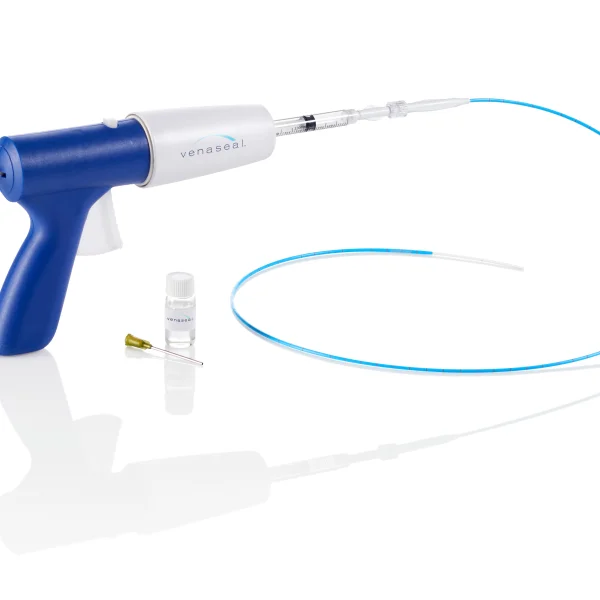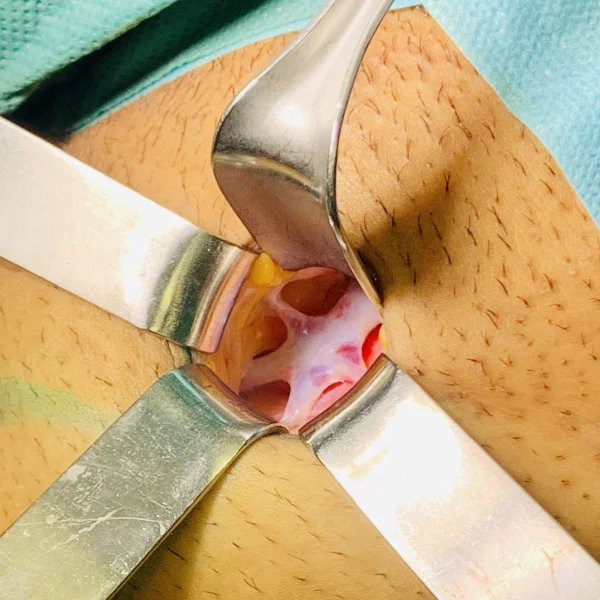Mikroschaum Therapie
Bei der minimal-invasiven Mikroschaumtherapie im Venenzentrum am KuDamm handelt es sich um ein schonendes Injektionsverfahren, dass dem Goldstandard der Krampfadertherapie zur Behandlung der Seitenastvarikosis und Perforansveneninsuffizienzen entspricht.
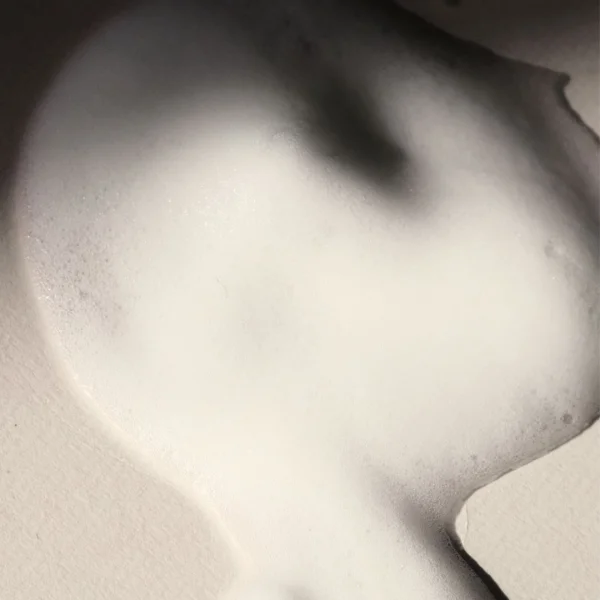
Auch Stammvenen können - bis zu einem bestimmten Durchmesser - sonographisch gestützt durch die Injektion des Mikroschaumes therapiert und verschlossen werden.
Was ist Mikroschaum?
Die Verödungstherapie durch flüssiges Äthyloxysklerol (Verödungsmittel) in unterschiedlichen Konzentrationen wird bereits seit ca. 1960 zur Behandlung von Krampfadern und Besenreisern mit guten Ergebnissen eingesetzt. Eine Renaissance des Verfahrens gab es Anfang der Jahrtausendwende. Mit dem Ziel, die Behandlung von Krampfadern schonender und minimal-invasiver durchführen zu können und die Wirksamkeit der Verödungstherapie zu maximieren, wurde die Mikroschaumtherapie etabliert. Vermischt und verwirbelt man Äthyloxysklerol mit einem Gas (Luft) bildet sich ein stabiler Schaum.
Der Vorteil der Sklerosierung durch Mikroschaum - im Gegensatz zur Flüssigverödung - ist die Stabilität des Schaumes. Hierdurch wird eine vollständige Benetzung der gesamten Gefäßwand über einen längeren Zeitraum gewährleistet. Bei der Flüssigverödung ist die Kontaktzeit der Gefäßwand mit dem Verödungsmittel nur sehr kurz. Die Flüssigverödung eignet sich eher für kleinere Gefäßdurchmesser, wie zum Beispiel Besenreiser. Die Verschlussrate bei der Schaumsklerosierung liegt mit ca. 84 % deutlich höher als die der Flüssigsklerosierung (64 %). Vor allem bei großkalibrigeren Gefäßen sollte eine Mikroschaumverödung heute der Standard sein.
Äthyloxysklerol ist eine wässrige Polidocanollösung. Wird diese intensiv mit einem Gas (Luft) gemischt und verwirbelt, bildet sich ein stabiler Schaum. Für die Herstellung des Mikroschaums zu Injektionszwecken gibt es spezielle Spritzen und Instrumentarien.
Bei Kontakt des Schaumes mit der Zellmembran der Krampfadern oder der Besenreiser führt das Polidocanol zur Schädigung der Phospholipidbilayer der Endothelzellen. Dies führt zum Zelltod und dann zur Gefäßnekrose.
Bei der Schaumverödung differenziert man flüssige Schäume (Blässchengröße über 50 Mikrometer) von viskösen Schäumen (Blässchengröße unter 50 Mikrometer). Die viskösen Schäume haben eine cremige Textur und sind länger stabil.
Die Stabilität und Kontaktzeit mit dem Endothel (die Zellschicht die die Gefäßwand von innen auskleidet) und der folgenden Endothelschädigung verhalten sich proportional zueinander. Ein visköser Schaum kann mit verschiedenen Methoden aus 1- 4%-igem Äthyloxysklerol und Luft in einem Mischverhältnis von 1:4 hergestellt werden.
Hierdurch können Seitenastkrampfadern der Stammvenen an Ober- und Unterschenkel sowie eine Stammvarikosis schonend und effektiv behandelt werden.
Duplex-gesteuerte Mikroschaum-verödung im Venenzentrum am KuDamm
Um die sichtbaren, geschlängelten Seitenastkrampfadern, Anteile der Stammvenen oder insuffiziente Perforansvenen zu behandeln und dauerhaft zu verschließen, wird der visköse Verödungsschaum unter sonographischer Kontrolle durch einen dünnen Katheter zielgerichtet lokal in die Venenanteile injiziert.
Die Gefäßwand wird durch den Schaum vollständig benetzt. Intravasal (innerhalb des Gefäßes) kommt es durch den Schaum zu einem toxischen Schaden des Endothels (der Gefäßinnenwand) und nachfolgend zu einer sterilen Entzündung der gesamten Gefäßwand. Das Gefäß schrumpft ein, verschließt sich und wird im Verlauf vom Körper abgebaut.
Übersicht und Fakten zur veins.berlin Mikroschaumbehandlung und Verödung von Krampfadern:
Behandlungsdauer
ca. 30 – 45 Minuten
Anästhesie
Keine Narkose | keine örtlicher Betäubung notwendig | Nüchternheit nicht notwendig
Ambulante Behandlung
Ambulante Behandlung im Rahmen der Sprechstunden
Nach der Behandlung
Die Pflasterverbände sollen spätestens am Abend entfernt werden | Duschen sofort möglich | Kontrolle mit Ultraschall nach 10- 14 Tagen in Abhängigkeit vom Therapieplan | schweißtreibender Sport wieder nach einer Woche möglich – Gymnastik bereits ab dem Folgetag | Reisen nach 14 Tagen | Kompressionstherapie für 7-14 Tage | keine AU | UV-Strahlung sollte zwingend für 4- 6 Wochen
Neben den allgemein bekannten Risiken, Nebenwirkungen und Komplikationen können insbesondere nach Schaumverödung folgende Begleiterscheinungen und Komplikationen auftreten:
Thrombose
Hyperpigmentierungen
Verhärtungen
Blutergüsse
Erosionen und Nekrosen
vorübergehende zentral-neurologische Symptome (Parästhesien oder Paresen)
vorübergehende Sehstörungen
Auslösung einer Migräneattacke
Ausbleibender Erfolg
Wiederauftreten von Krampfadern
